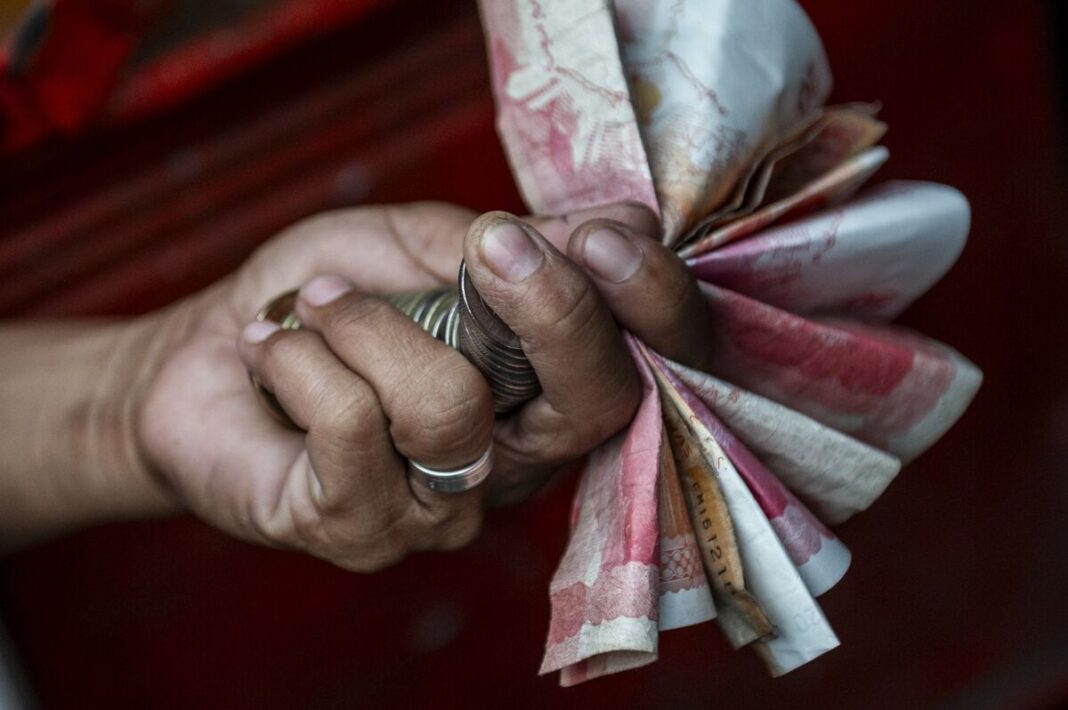The Decline of the Philippine Peso: Understanding the Significance of the 59-per-Dollar Mark
The news that the Philippine peso has fallen beyond the significant psychological threshold of 59 per dollar signals a crucial moment in the nation’s economic landscape. This decline represents not just a number, but a myriad of implications that stretches across various sectors of the economy, affecting everyday Filipinos as well as larger financial systems.
A Brief Overview of Currency Valuation
Currency values fluctuate based on a range of factors, including trade balances, inflation rates, and political stability. The peso’s depreciation against the dollar echoes global economic trends, but it’s also rooted in unique domestic pressures. As the peso becomes weaker, it has a direct impact on purchasing power, inflation, and external debt, creating a complex challenge for policymakers.
The Psychological Significance of 59-per-Dollar
The 59-per-dollar mark isn’t just a numerical milestone; it’s a psychological barrier that traders and consumers closely monitor. Crossing this threshold can instill a sense of panic or urgency in the market. The perception of a weakening currency can lead to increased speculation, further driving down the peso’s value as traders react to shifts in sentiment. For average citizens, this decline often equates to higher prices for imported goods, making it a tangible issue that affects their day-to-day expenses.
Impacts on Inflation
As the peso continues to fall, the immediate consequence is likely to be an uptick in inflation. Imported goods become more expensive, affecting the cost of everything from food to fuel. The central bank’s challenge is to control or mitigate this inflation without stifling economic growth. As the prices rise, the purchasing power of consumers diminishes, leading to a ripple effect that can dampen overall economic activity.
The Role of the Central Bank
In light of the peso’s decline, the Bangko Sentral ng Pilipinas (BSP), the Philippine central bank, faces intense pressure to intervene. Central banks have various tools at their disposal, such as adjusting interest rates or directly supporting the currency through the sale of foreign reserves. The BSP’s decisions will be closely scrutinized, as investors will gauge whether its actions can effectively stabilize or strengthen the peso.
Economic Factors Contributing to the Decline
Several underlying factors contribute to the peso’s devaluation. Chief among them are trade deficits, where the country imports more than it exports, leading to a higher demand for foreign currencies like the dollar. Additionally, rising global commodity prices and supply chain disruptions can exacerbate this imbalance, putting more pressure on the local currency. Moreover, geopolitical tensions and global economic uncertainties may also lead to reduced investor confidence, further dampening the peso’s strength.
The Broader Economic Picture
It’s essential to consider the broader economic context in which this depreciation occurs. While some might view the fall of the peso as a sign of weakness, there can also be underlying benefits for export-oriented sectors. A weaker currency can make Philippine goods more competitive in international markets, potentially boosting exports. However, the benefits are not universally felt and can lead to uneven economic outcomes across different industries.
The Social Implications for Filipinos
Beyond the economic ramifications, the depreciation of the peso has far-reaching social consequences. Families feel the pinch as their budgets stretch thinner due to rising prices. For those who rely on remittances from overseas workers, the weakening peso may initially seem favorable, as they receive more pesos for every dollar sent home. Yet, this situation could be precarious if inflation outpaces these gains, ultimately affecting household welfare.
Market Reactions and Investor Sentiment
Market players are acutely aware of the peso’s trajectory, and every fluctuation feeds into investor sentiment. A weakening peso can lead to capital flight, where investors pull out their funds in search of more stable environments. Increased volatility can erode confidence, making it crucial for the central bank to implement policies that restore trust among both domestic and foreign investors.
Looking Ahead: The Path Forward
As the central bank grapples with these challenges, attention will also turn to potential policy responses. Strategies may include proactive communication, fiscal measures, or modifications to interest rates aimed at curbing inflation and stabilizing the currency. Each of these actions will require careful calibration, balancing immediate needs against long-term economic health.
In summary, the peso’s fall beyond the 59-per-dollar mark serves as a potent reminder of the interconnectedness of global and local economies. The ramifications extend to individual citizens, businesses, and policy-makers alike, each grappling with the challenges that a weakened currency presents. Understanding these dynamics is vital for navigating the complexities of the Philippine economy during turbulent times.



